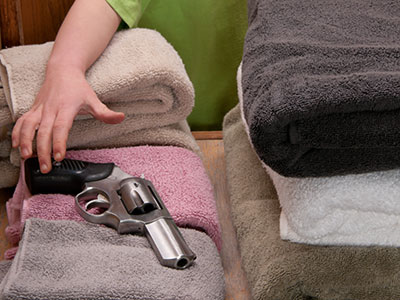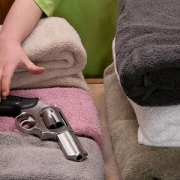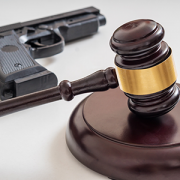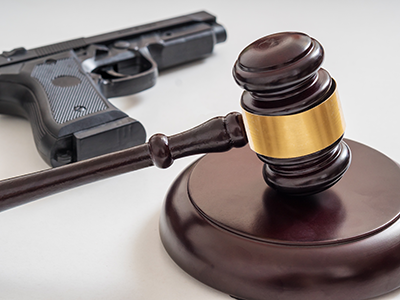Empowering pediatricians to reduce preventable firearm injuries and deaths

Lenore Jarvis, M.D., MEd, FAAP, will participate in a symposium of surgeons, neurosurgeons and emergency medicine doctors during the American Academy of Pediatrics National Conference and Exhibition – the first time these groups have come together to help reduce the number of kids hurt or killed by firearms.
Lenore Jarvis, M.D., MEd, FAAP, remembers feeling fatigue and frustration when, despite her team’s herculean efforts, a 5-year-old died from accidental gunshot wounds. The preschooler had been feeling playful: He surprised a family member who mistook him for an intruder and fired, fatally wounding the child.
As an Emergency Medicine and Trauma Services specialist at Children’s National Hospital, Dr. Jarvis has cared for kids with a range of firearm-related injuries from accidental shootings, intentional acts of violence or suicide attempts. Even when children survive such traumatic injuries, their lives are indelibly altered.
“We’re trained to save lives, but we also want to prevent childhood injuries, if possible. As I considered this young child’s life ending so prematurely and so tragically, I thought I should do more. I could do more,” recalls Dr. Jarvis, the division’s director of advocacy and health policy.
To that end, in addition to advocacy at the regional and national level, on Oct. 26, 2019, Dr. Jarvis will participate in a four-hour symposium of surgeons, neurosurgeons and emergency medicine doctors during the American Academy of Pediatrics (AAP) National Conference and Exhibition – the first time these groups have come together to explore ways they can help to reduce the number of kids hurt or killed by firearms.
Dr. Jarvis will set the stage for the day’s collective call to action when she counsels pediatricians about how they can advocate within the clinic by simple actions such as:
- Asking families if there are firearms in the home
- Making time for such conversations during routine care, including well-child visits
- Paying special attention to warning signs of suicide and depression
- Having frank conversations with parents about curious toddlers
“The safest home is a home without a firearm. If that’s not possible, the firearm should be stored in a locked cabinet with the ammunition stored separately,” she says. “Toddlers are especially curious and they actively explore their environment. An unsecured firearm can be a tragic accident waiting to happen with curious young children in the home. And if teenagers happen upon the weapon, it could be used in a homicide or suicide.”
In addition to empowering clinicians to have these conversations routinely, symposium speakers will emphasize empowering parents to ask other families: “Is there an unlocked gun in your house?”
“It’s no different than a parent of a child with a life-threatening sensitivity to peanuts asking if there are peanuts in any home that child may visit,” she adds. “As one of the leading causes of death among children and youth, unsecured firearms are even more dangerous than peanuts. And families should feel comfortable making informed decisions about whether their children will be safe as they play and socialize with friends.”
***
AAP National Conference and Exhibition presentation
Saturday, Oct. 26, 2:15 p.m. to 6:15 p.m. (ET)
“AAP NCE Section on Emergency Medicine/Section on Surgery/Section on Neurosurgery gun advocacy joint program”







